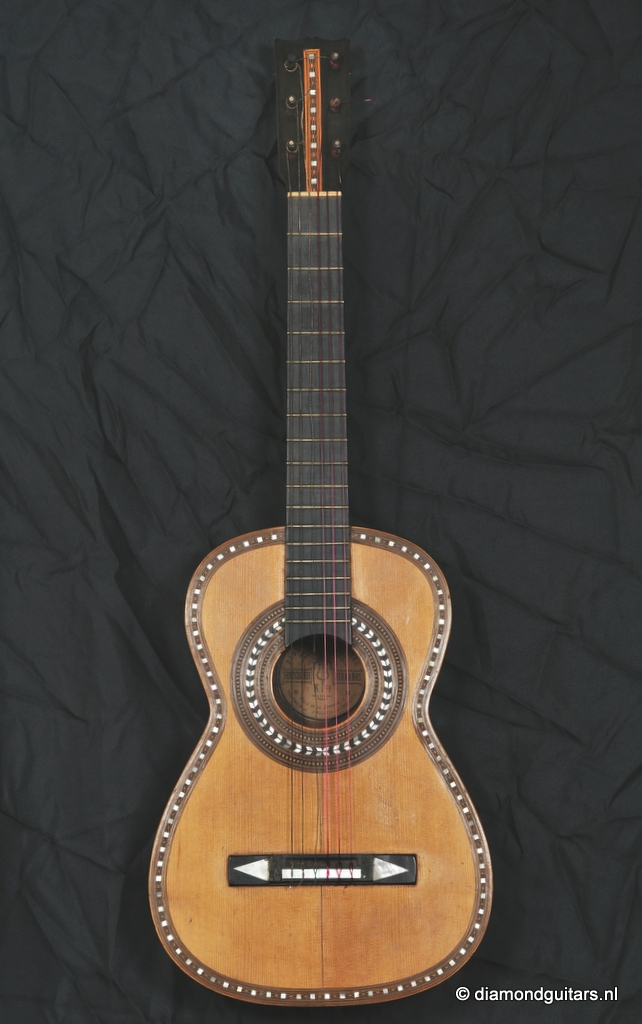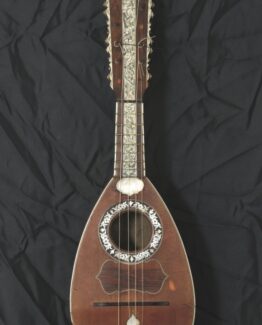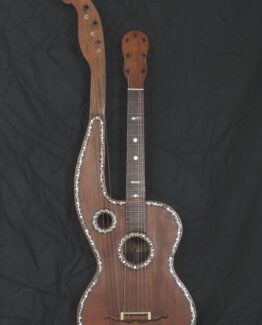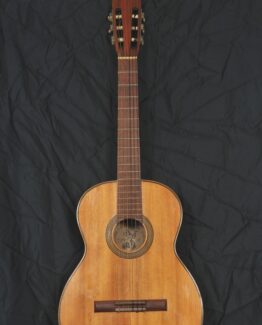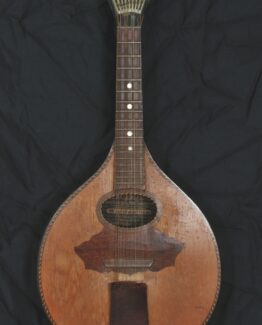Description
This is a collection of 11 guitars from the land where the guitar became what is is today!
Spanish guitars from 1890–1930 are really important because this was the transition from the Romantic-era guitar to the modern classical guitar we know today. During this period, the guitar gained its modern shape, sound, and projection, largely due to Spanish luthiers. Although his prime was earlier, Torres’s innovations set the standard — larger bodies, fan bracing, and deeper sound. His influence dominated after 1890.
Durting this era three schools developed:
- Granada school: lighter builds, lyrical tone.
- Madrid school: powerful, projecting instruments.
- Barcelona school: elegant, often ornate, with rounded tone.
The construction showed larger body sizes than Romantic guitars, closer to modern dimensions, but still slightly smaller than today’s concert guitars. The Fan bracing was the norm — pioneered by Torres and perfected by luthiers like Santos Hernández. Tonewoods were mostlty Spruce with back and sides being Rosewood (Indian or Brazilian) and Cypress (for flamenco). These guitars often had intricate rosettes, wood marquetry, and elegant purfling. Some Simplicio guitars featured carved headstocks. Mechanical tuning machines became the standard by this time.
From a tonal point of view these guitar offered a warm, singing tone with more depth and volume than Romantic guitars and better balance between treble sweetness and stronger basses. They were designed to be heard in larger concert settings offering much better projecten and perfect for players like Francisco Tárrega and Miguel Llobet.

